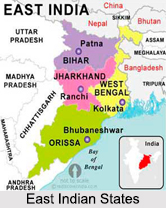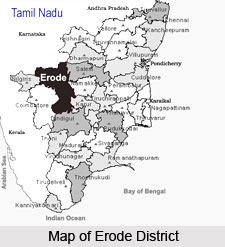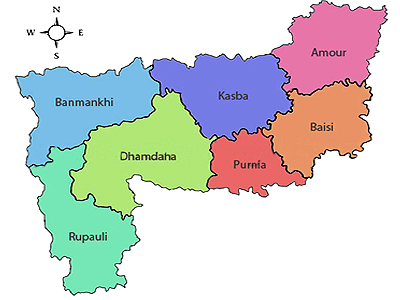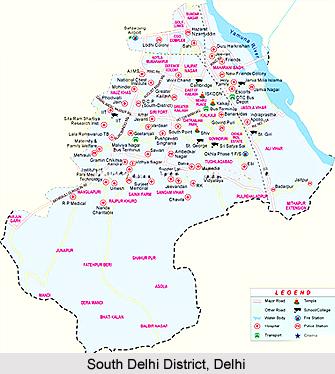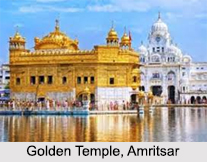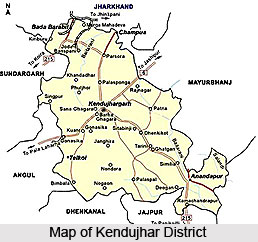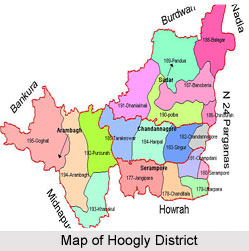History of Godda District dates back to the Stone Age. A plethora of stone weapons have been found in this region including hammers, axes, arrow-leads, agricultural implements etc, especially in the Santhal Pargana. The state however lacks proper historical documents. Various evidences also states that the district had civilization during Vedic period too.
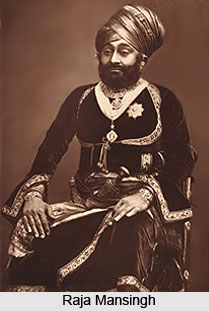 Indica, which is the travel account of megasthenes, contains the records of inhabitants of this region. In 302 B.C, the court of Chandragupta Maurya was visited by the megasthenes at Pataliputra. They identified and named the race dwelling in this region as Maller or Sauria Paharia tribe. In 645 AD, Hiuen Tsiang, a Chinese pilgrim, visited Champa and the history of Godda district before this era is still unknown. During this time the region of Santhal Pargana was under the Pal region. The inhabitants belonging to this region were great patrons of Buddhism. Vajrayan Sect of Buddhism was at height during this period. Deep impact of Tantric sect and Buddha religion is evident from the various signs of Devi worship. After this era, no evidences have been found about the history for several centuries. However, Bhavishyat Puran which was written in the 15th or 16th century A.D. in its Brahmanda Section holds some of the facts about the history of the district.
Indica, which is the travel account of megasthenes, contains the records of inhabitants of this region. In 302 B.C, the court of Chandragupta Maurya was visited by the megasthenes at Pataliputra. They identified and named the race dwelling in this region as Maller or Sauria Paharia tribe. In 645 AD, Hiuen Tsiang, a Chinese pilgrim, visited Champa and the history of Godda district before this era is still unknown. During this time the region of Santhal Pargana was under the Pal region. The inhabitants belonging to this region were great patrons of Buddhism. Vajrayan Sect of Buddhism was at height during this period. Deep impact of Tantric sect and Buddha religion is evident from the various signs of Devi worship. After this era, no evidences have been found about the history for several centuries. However, Bhavishyat Puran which was written in the 15th or 16th century A.D. in its Brahmanda Section holds some of the facts about the history of the district.
During Turko-Afgan period, the administrators of the district were Sher Shah Suri and his heirs. The region of Godda District served as a significant centre during the conquest of Bengal. Later, during the era of Mughal Dynasty the territory was granted to Viceroy Raja Mansingh. However the development of the district in terms of civilization and culture was commenced in the British era. The forest areas of the district were hugely exploited to make strategic and economic development of the district. Initially this forest exploitation was hindered by the aboriginal Paharia tribe. To counter these hindrances, the British brought the Santhal tribe in 1717 who were previously settled in Chotanagpur region. Santhal tribe however became the victim of British policies and began their rebellion in 1885. This rebellion was termed as `Hul`. This tremendous rebellion forced the British to grant Santhal tribe the district and separated it from Birbhum district and Bhagalpur district. The district protected the basic facilities, economy and traditions of tribal folks.
